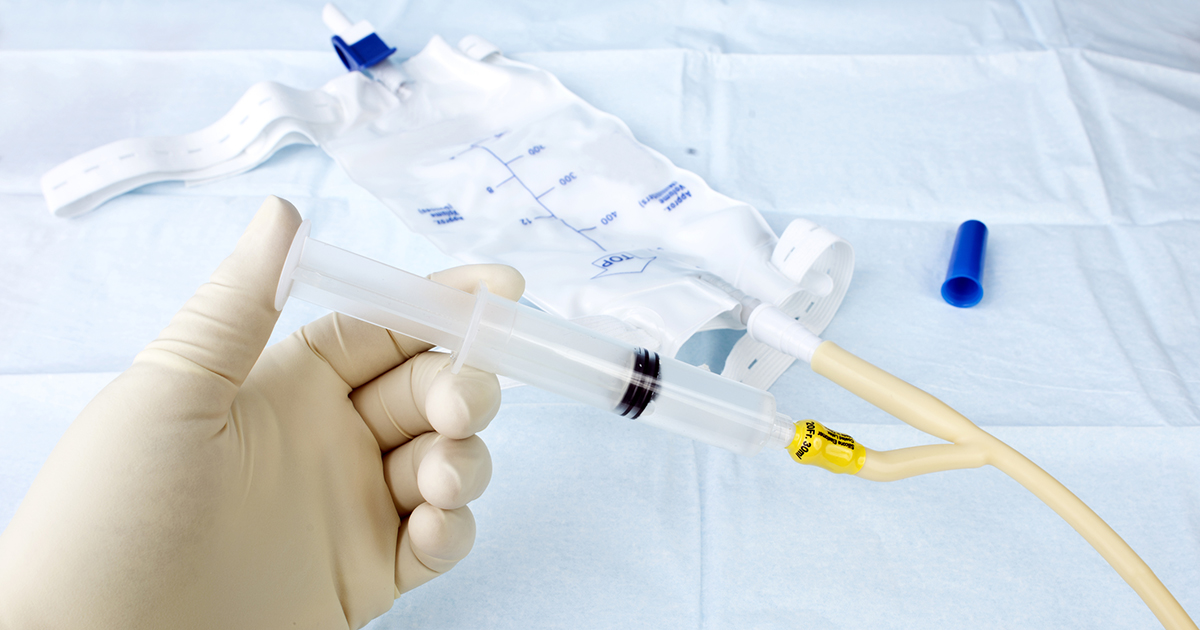Treatment For Nosocomial Infections
Nosocomial infections are conditions due to infections or toxins present in particular locations. In present usage, this term usually denotes infections patients acquire while they are in a hospital. Some of these infections may be antibiotic-resistant superbugs. Methicillin-resistant Staphylococcus aureus (MRSA), a staph infection, is one of the most common nosocomial infections patients develop during or after hospital stays. To be considered a hospital-acquired infection, the infection must take place within two days of a patient's hospital admission or within three days after a patient has been discharged from the hospital. Infections acquired up to thirty days following a surgical procedure may also be considered hospital-acquired nosocomial infections. Pneumonia, meningitis, urinary tract infections, surgical site infections, and gastroenteritis are some of the nosocomial infections patients may develop. Symptoms of these types of infections vary depending on the specific subtype. Some of the most common symptoms patients with nosocomial infections experience are fever, nausea, diarrhea, cough, painful urination, and shortness of breath. A clinical examination is typically all that is needed to diagnose a nosocomial infection, but some patients may need urine or blood tests to confirm a diagnosis. The treatments outlined below are recommended for nosocomial infections.
Remove Foreign Devices

While in the hospital, patients may need to have catheters, intravenous lines, feeding tubes, and ventilators. Catheters are typically placed for patients who are having long operations or those who may have lengthy hospital stays. Intravenous lines and feeding tubes provide medications and nutrients, and ventilators help seriously ill patients with breathing. All of these aids are considered foreign to the body, and they pose a risk of infection. Thus, nurses and doctors will only use these devices if they are necessary, and they will be used for the shortest amount of time possible. Medical staff will wear gloves and follow proper procedures when placing the devices to ensure the highest possible safety standards. Healthcare providers will remove foreign devices as soon as they are no longer needed. Those needed for an extended period will be changed regularly, sometimes as often as every day, to minimize any risk of infection for the patient. If a nosocomial infection does develop, one of the first methods of treatment is the removal of any foreign devices where possible, at least for a short period so other treatments can take place.
Learn more about treating nosocomial infections now.